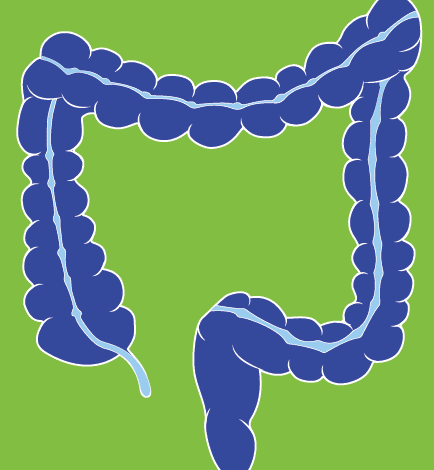First observed on June 27th, 1995, we now recognize National HIV Testing Day (NHTD) yearly. Health departments and supporting organizations across the country unite and raise awareness on the importance of HIV testing, early detection, and linking care and treatment for those in need.
The CDC estimates 1.2 million people in the United States have HIV, including about 161,800 people who do not know their status. CDC also recommends that everyone between the ages of 13 and 64 get tested for HIV at least once as part of routine health care.
HIV Testing:
If you take a test in a health care setting or a lab, a health care provider or lab technician will take your sample (blood or oral fluid). If it is a rapid test, you may be able to wait for the results, but if it’s a laboratory test, it can take several days for your results to be available.
If you take an anonymous test, no one but you will know the result. If you take a confidential test, your test result will be part of your medical record, but it is still protected by state and federal privacy laws. Most testing is done confidentially.
The only way to know for sure whether you have HIV is to get tested. Everyone between the ages of 13 and 64 get tested for HIV at least once as part of routine health care.
We offer HIV Testing. Schedule an appointment here.
HIV testing shows whether a person is infected with HIV. HIV stands for human immunodeficiency virus. HIV is the virus that causes AIDS (acquired immunodeficiency syndrome). AIDS is the most advanced stage of HIV infection. Learn about what a positive and negative HIV test result mean:
-
- If you have a positive HIV test result, a follow-up test will be conducted. If the follow-up test is also positive, it means you are HIV-positive.
- A negative result doesn’t necessarily mean that you don’t have HIV. That’s because of the window period —the time between when a person gets HIV and when a test can accurately detect it. The window period varies from person to person and is also different depending upon the type of HIV test.
Ask your health care provider about the window period for the kind of test you’re taking. If you’re using a home test, you can get that information from the materials included in the test’s package. If you get an HIV test after a potential HIV exposure and the result is negative, get tested again after the window period for the test you’re using to be sure.
To learn more on HIV testing, early detection, or care and treatment visit us at, https://henryjaustin.org/service/hiv-counseling-testing/.





